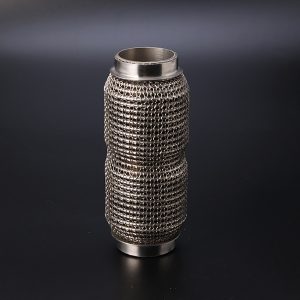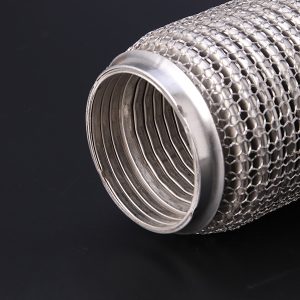


Low pressure of exhaust flex pipe can cause a number of problems in a vehicle’s exhaust system. The exhaust flex pipe is a component that connects the exhaust manifold to the rest of the exhaust system. It is designed to flex and move with the engine as it vibrates and moves. The flex pipe is also responsible for reducing the noise and vibration produced by the engine.
When the pressure in the exhaust flex pipe is low, it can lead to a number of issues. Firstly, it can cause the engine to run rough and produce a loud noise. This is because the low pressure in the flex pipe can cause the exhaust gases to escape from the system before they have been properly filtered. This can also lead to a reduction in fuel efficiency and an increase in emissions.
Another issue that can arise from low pressure in the exhaust flex pipe is the potential for leaks. As the pressure drops, the flex pipe may begin to crack or break, allowing exhaust gases to escape into the engine compartment or cabin of the vehicle. This can be dangerous as exhaust gases are toxic and can cause serious health problems if inhaled.
To prevent low pressure in the exhaust flex pipe, it is important to regularly inspect and maintain the exhaust system. This includes checking for cracks or leaks in the flex pipe, replacing worn or damaged components, and ensuring that the system is properly sealed and secured. It is also important to ensure that the engine is running smoothly and efficiently, as this can help to prevent excess pressure in the exhaust system.
As far as I can see, low pressure in the exhaust flex pipe can cause a number of problems in a vehicle’s exhaust system. It is important to regularly inspect and maintain the system to prevent issues such as leaks, reduced fuel efficiency, and increased emissions. By keeping the exhaust system in good condition, drivers can ensure that their vehicle runs smoothly and safely.

